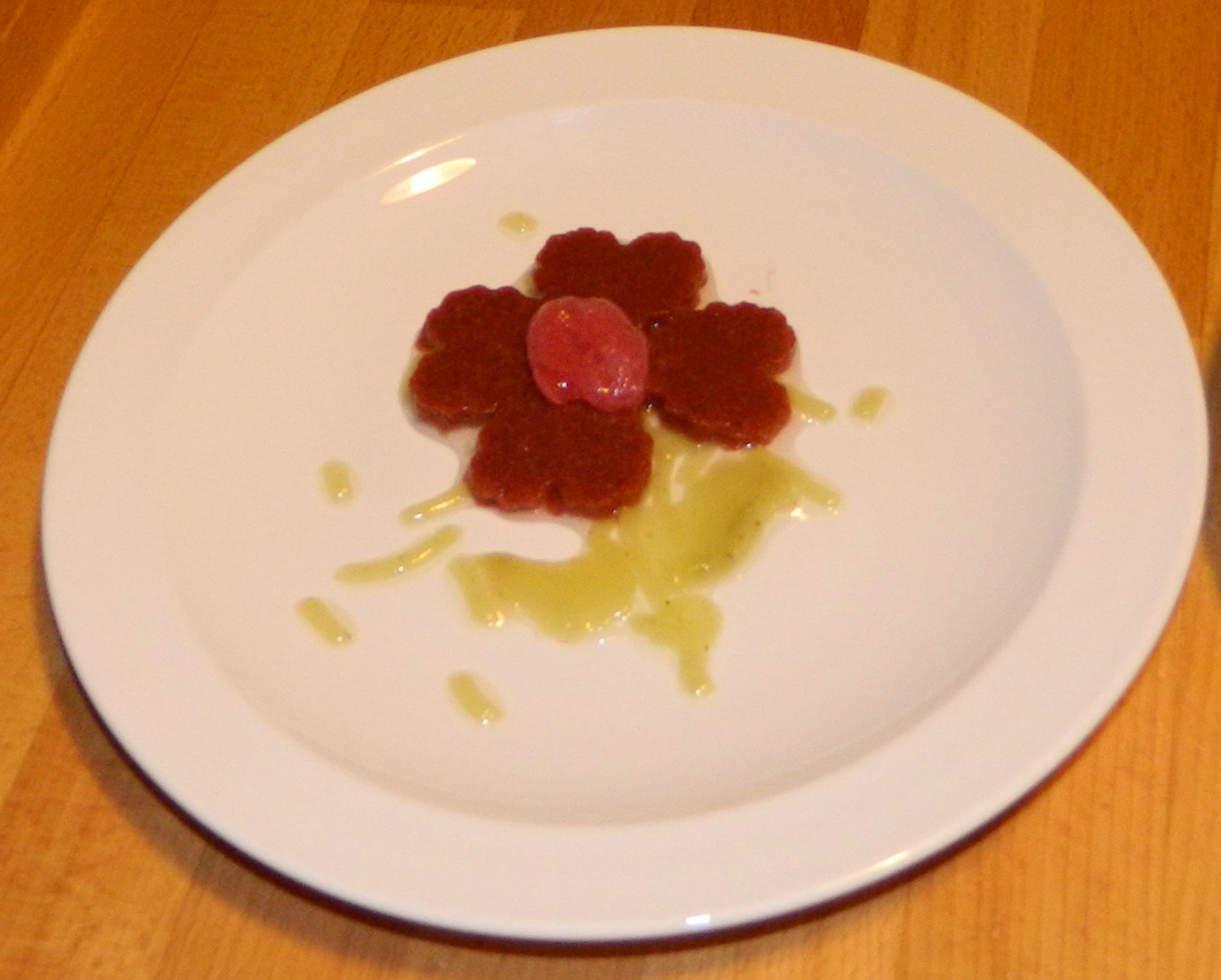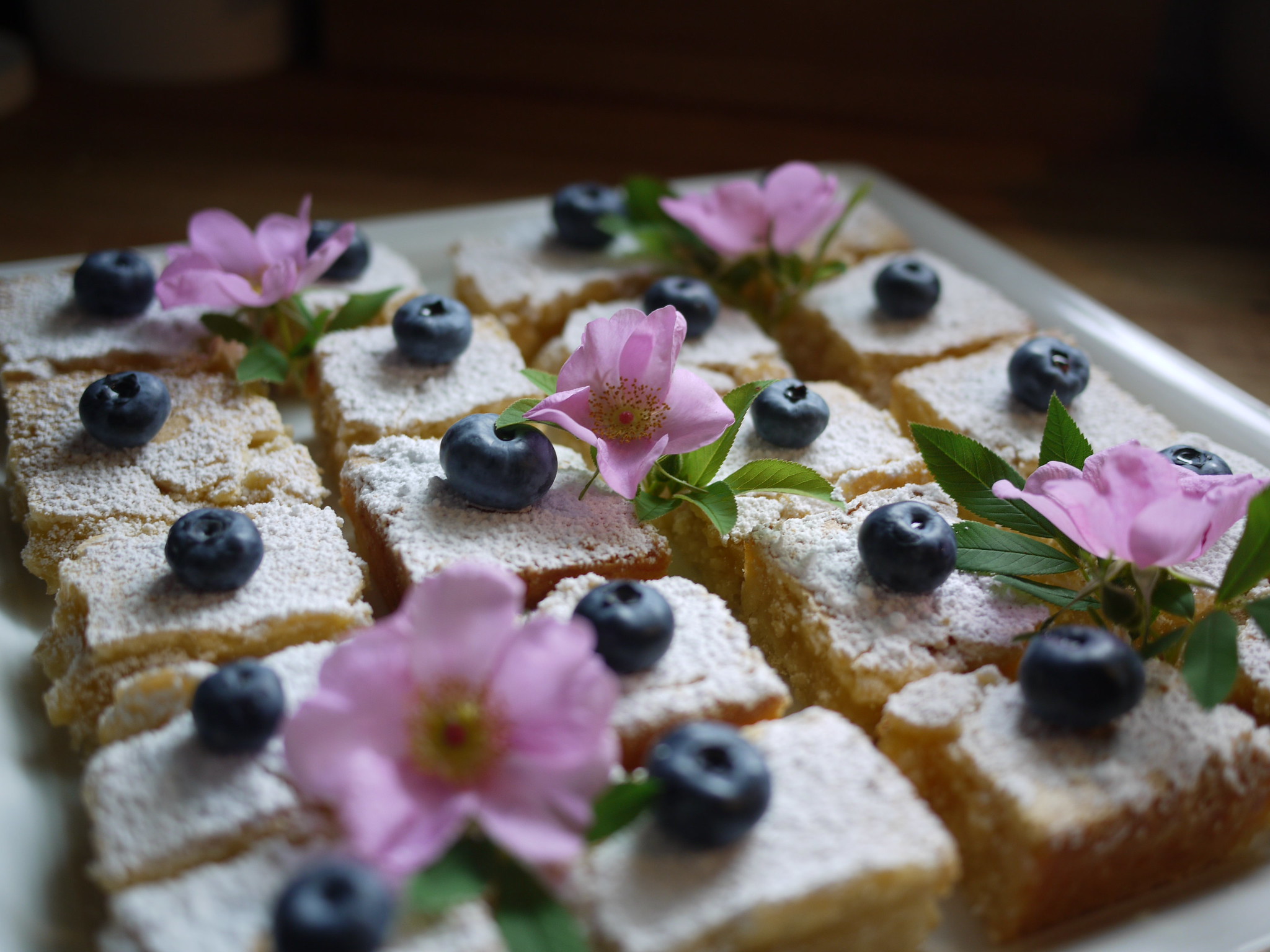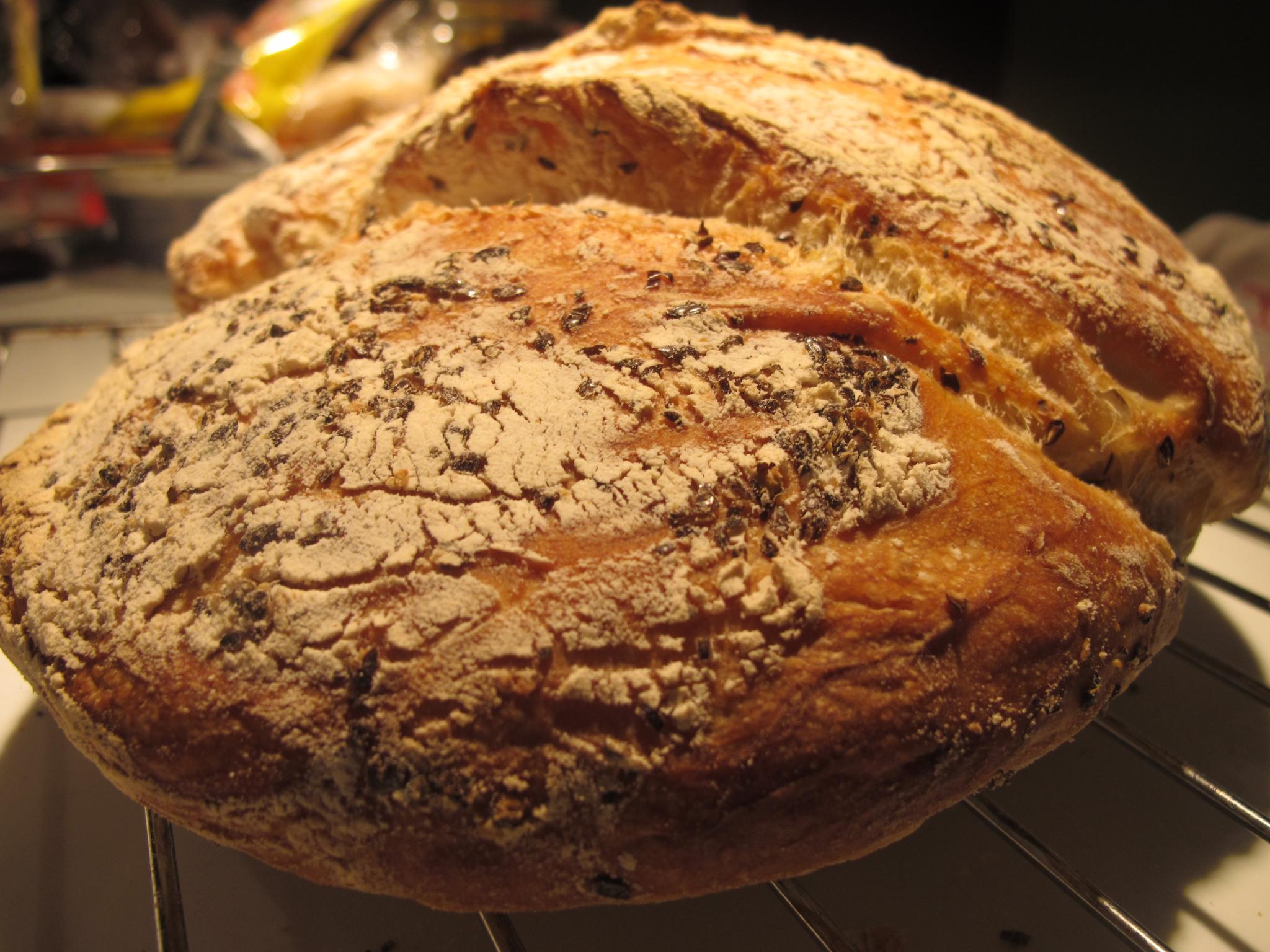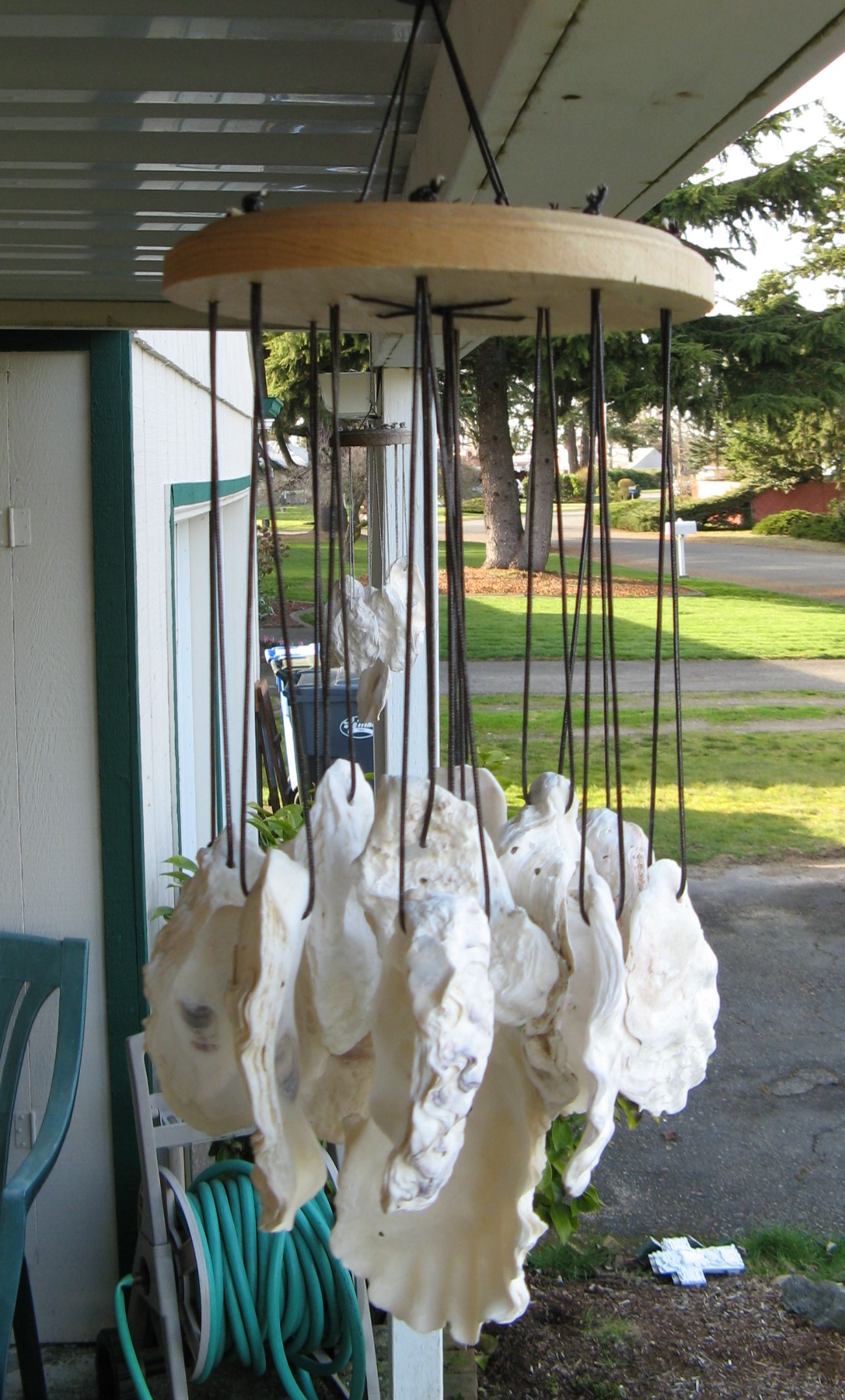One fun and innovative cooking technique that you may want to try is molecular gastronomy. This is a culinary technique that involves using scientific principles to create unique and unexpected dishes that play with the senses and challenge traditional cooking methods.
Molecular gastronomy combines physics, chemistry, and biology to create dishes that manipulate the textures, shapes, and flavors of ingredients. Some common techniques used in molecular gastronomy include spherification, foams, gels, and sous vide cooking.
Spherification involves creating small spheres of liquid that burst in your mouth, creating a burst of flavor. Foams are created by whipping liquids, such as cream or fruit juice, to create a light and airy texture. Gels can be created using ingredients like agar-agar or gelatin to create a firm texture that can be cut into shapes. Sous vide cooking, as mentioned earlier, involves cooking food in a vacuum-sealed bag in a water bath at a precise temperature.
While molecular gastronomy may seem complex and intimidating, there are many resources available to help you get started. There are cookbooks, online tutorials, and classes that can teach you the techniques and help you master them.
If you’re interested in trying molecular gastronomy, start with a simple recipe and work your way up from there. For example, try making fruit caviar using spherification, or a simple foam using a whipped cream charger. The possibilities are endless, and the results can be impressive.
Molecular gastronomy is a fun and exciting way to experiment with cooking and create dishes that are unique and unexpected even here in Bedford. Give it a try and challenge your culinary skills!






